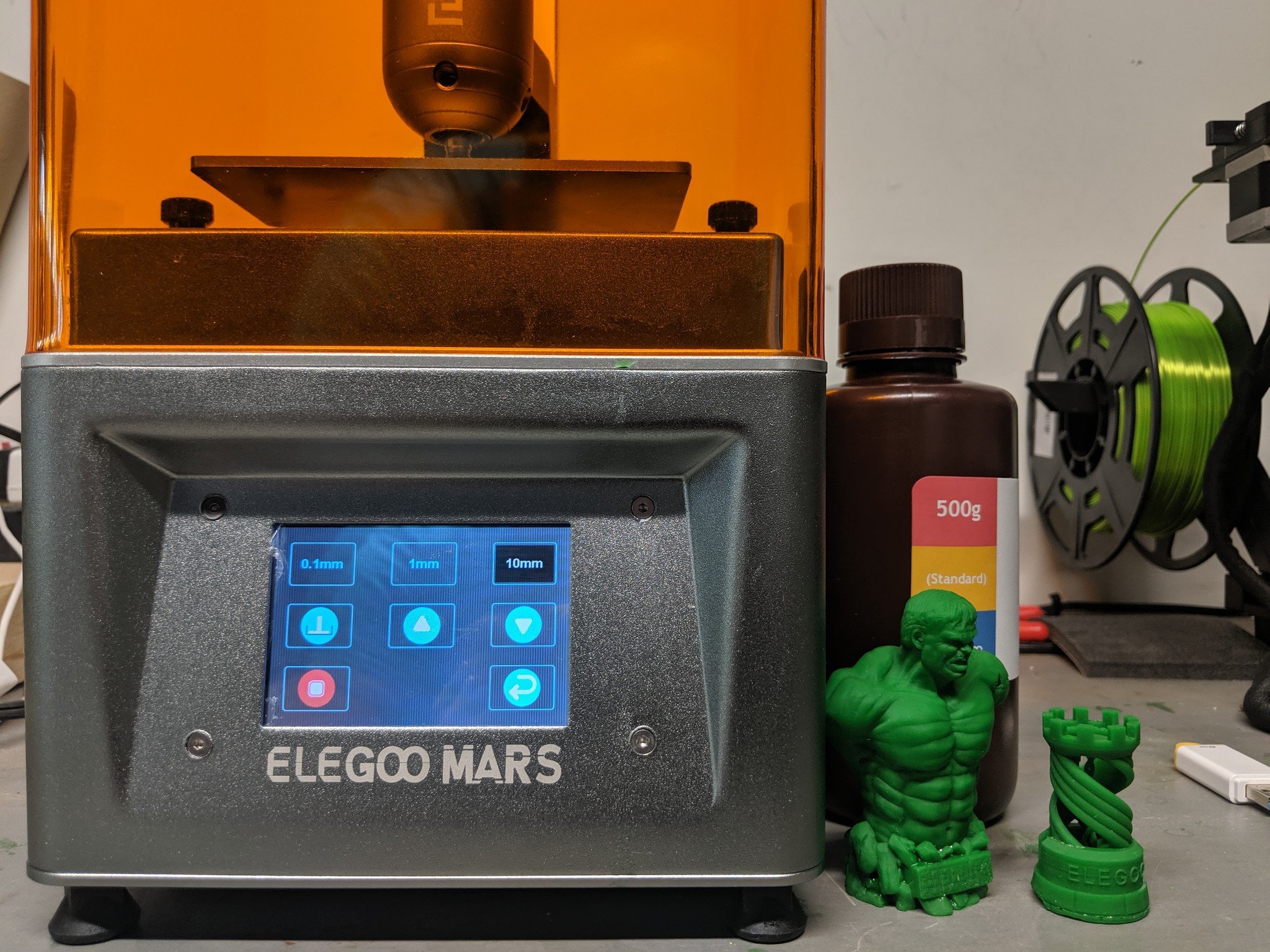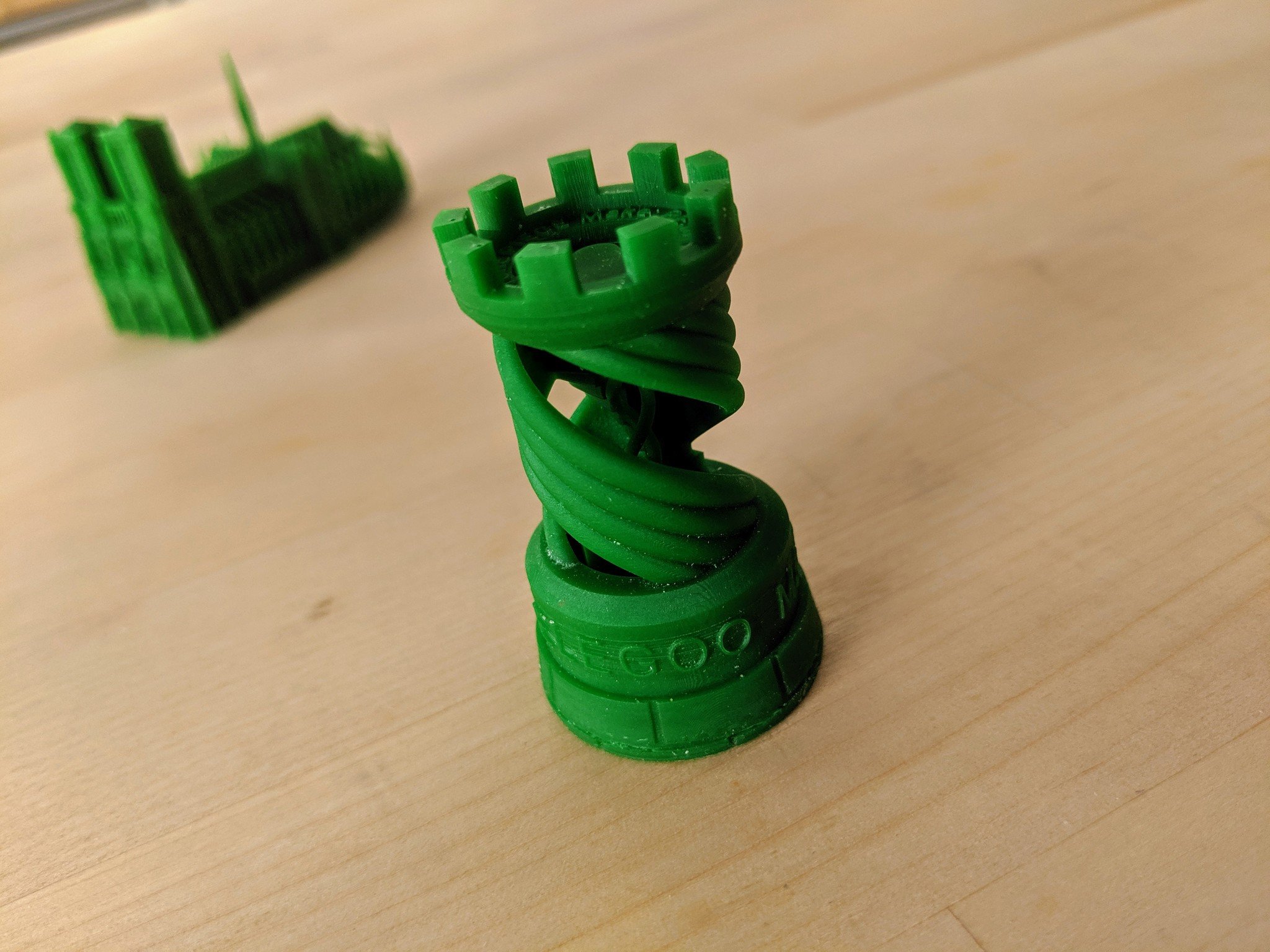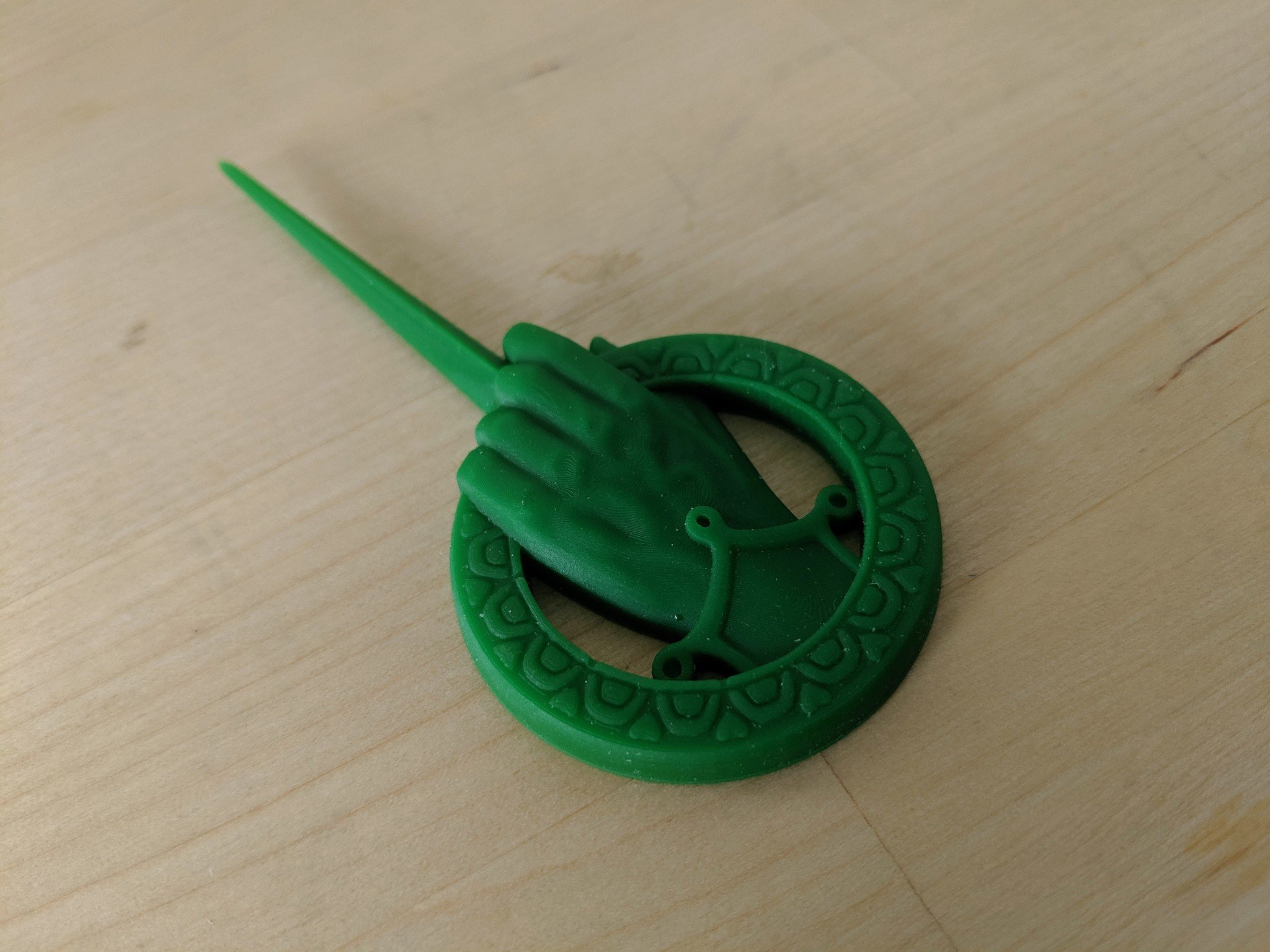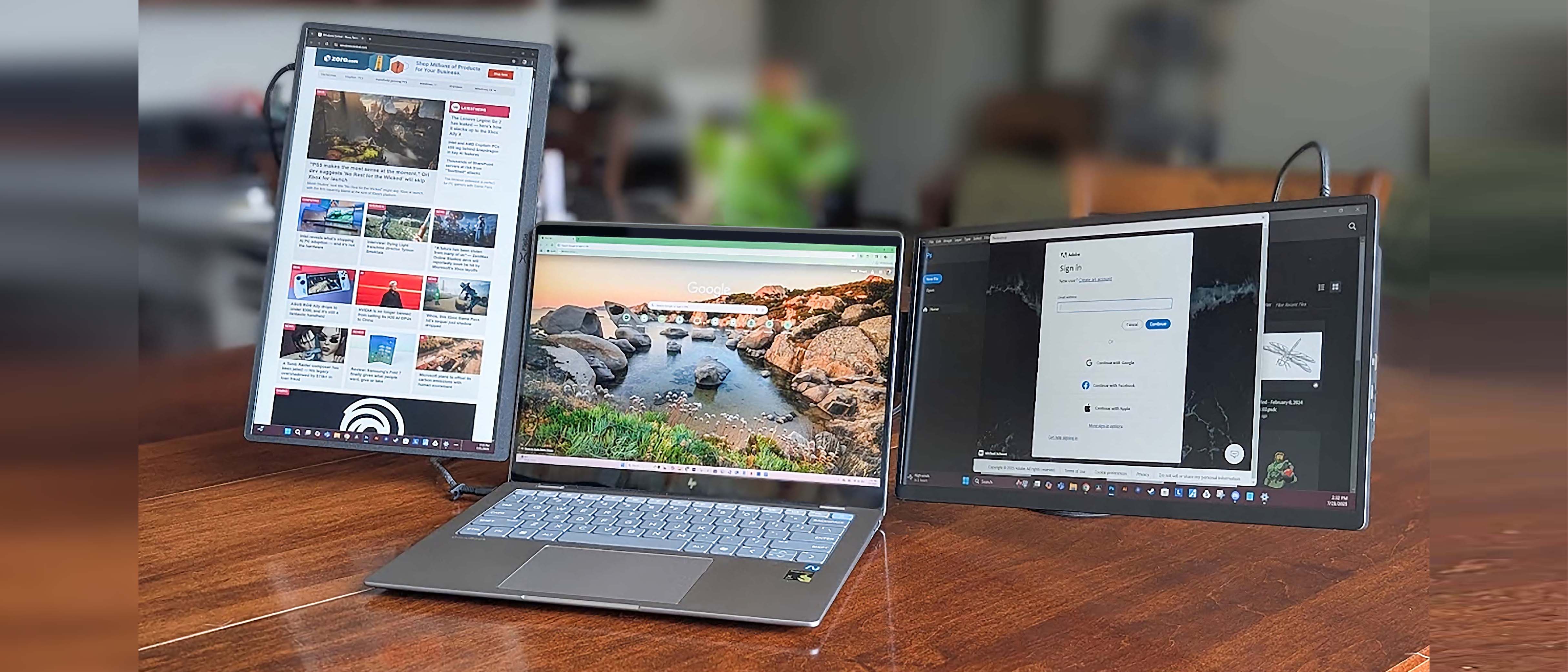Having already used Elegoo resins on other printers and finding them to be an extremely good value for the price, I was excited to try out the companies foray into hardware. The Elegoo Mars is a surprisingly solid little resin printer that can sit comfortably on your desk, and it can give you high-quality prints at a fraction of the cost of most printers of its class.
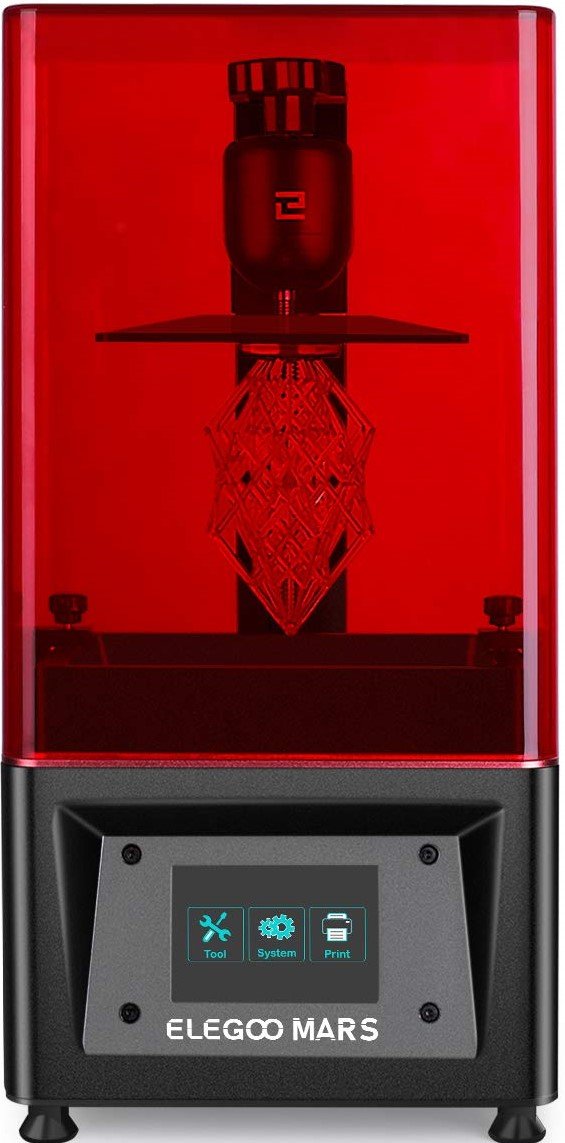
$190Bottom line: The Elegoo MARS is an excellent printer and great value for money. When you compare it to other printers of its class, it is a leader simply because of the pricing.
Pros
- Very cheap.
- Fits comfortable on a desk.
- Simple to use software.
- Great print quality.
Cons
- Fine-tuning is needed constantly.
- Supports on Chitubox are not ideal.
I have spent the last month playing with the Elegoo MARS, and Chitubox, the slicing software that is being used by everyone these days, and it's a pretty good deal.
What you'll love about the Elegoo MARS
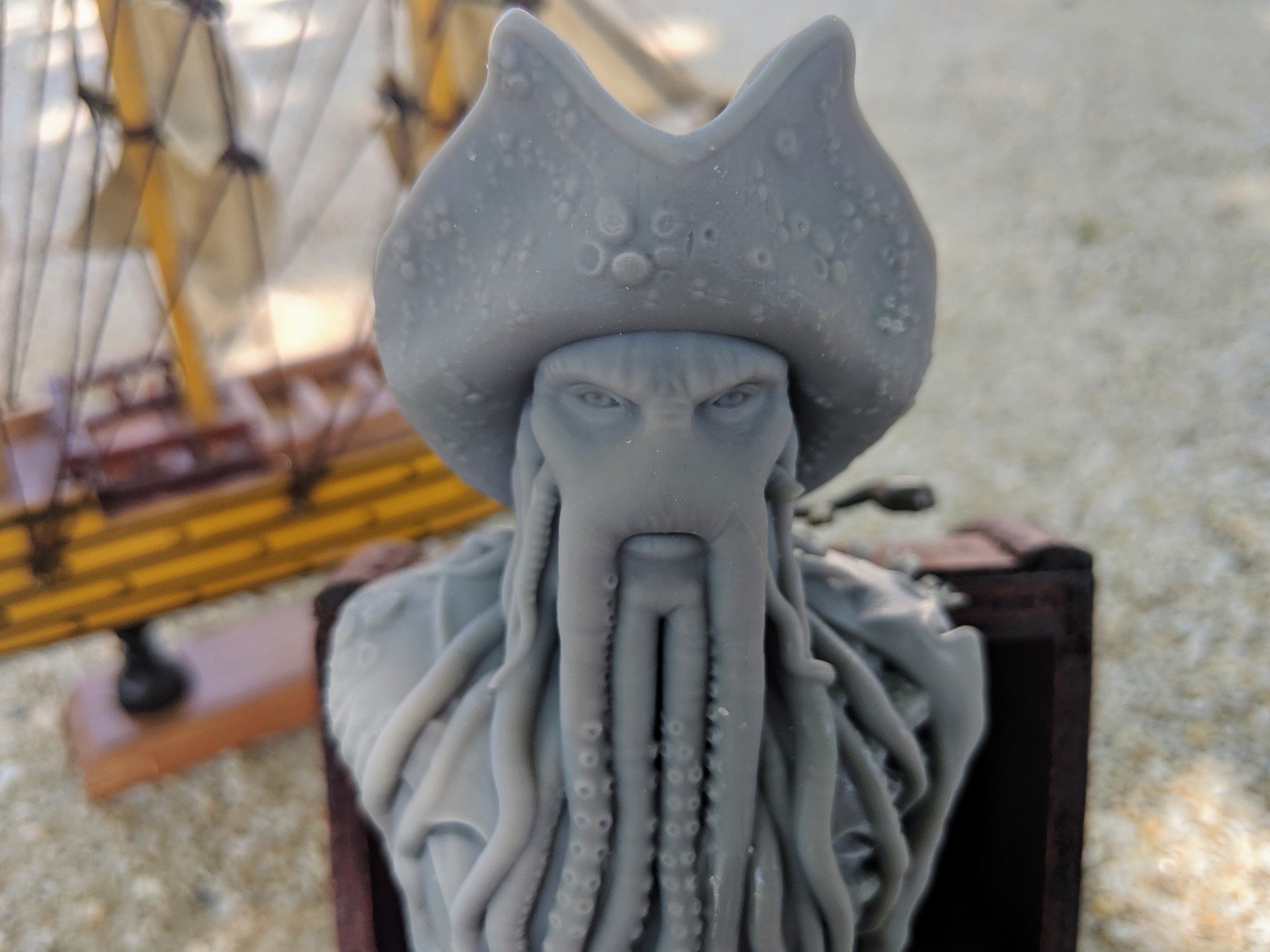
First of all, it is cheap. At $250, there are very few DLP resin printers out there to match it. Moving into resin printing can be a risk, as they usually cost $500+ and you may not enjoy working in resin. There is a reason most people use filament printers at home — they are easier to use once you learn how, and they are safer — so being able to spend a small amount of cash on starting is very helpful.
While the print bed isn't huge — 120mm x 68mm x 155mm — it is comparable to other DLP 3D printers that use a 2k screen to produce your layers, and the small footprint of the entire printer makes it ideal for sitting on your workbench next to your PC rather than hiding away in on a shelf. There isn't a lot of smell from the resin though you should always work in a well-ventilated area and the noise from the print is minimal when you compare it to FDM printers. The styling also makes it a charming companion for your desk.
The layer height standard is 0.05mm but can go as low as 0.01mm, which is crazy for this price. I wouldn't recommend going that low to start, though. 0.05mm is a fine enough scale for just about anything you can think of, and reducing the layer adds complications you may not want.
The print quality has been a rollercoaster while reviewing this machine, and I think most of that is operator error. When you print with resin, there are a whole new series of problems that don't arise in FDM printing. For example, if you don't hollow your prints, you can get warping caused by the weight, as well it costing you a lot more money. You have to be careful, though, when you hollow a print. It might need internal supports, or you may hollow it too thin — this happened to the Hulk from Fotis Μint, and it messed up his shoulder — causing the print to fail. This failure isn't a fault of the printer, of course, but it is something of which to be aware.
When it works though, the Elegoo MARS produced prints of a quality I would expect from printers three times the price. When you look at the Rook, you can see a spiral in the center. It's perfect, with a pure spiral all the way around, and honestly, it's beautiful to see. Another great way to see the detail is on the Hand of the King print. You can see the veins in the print's hand are almost life-like in their smoothness.
All the latest news, reviews, and guides for Windows and Xbox diehards.
Lastly, there is Davey Jones by Fotis Μint. This bust is easily one of the best prints I have ever produced on any printer. Look closely at the pictures, and zoom into the barnacles on his jacket. The detail there is so smooth. It's staggeringly good, and so is the model itself. Well done, Fotis.
The Elegoo MARS produced prints of a quality I would expect from printers three times the price
Lastly, the Elegoo uses Chitubox, which is fast becoming the standard for these small DLP machines as it is simple to use, though not without issue (more on that later). The slicing itself is fast and accurate, and the UI is straightforward to use. Experimentation is key to good resin prints, and the settings in Chitubox allow you to change plenty of parameters to get the print perfect. Being able to hollow out your prints in the slicer is very helpful, and you can even cut air holes into the model using Chitubox. Trust me, learning to hollow and create air holes is going to save you so much time, money, and stress.
What you'll dislike about the Elegoo MARS
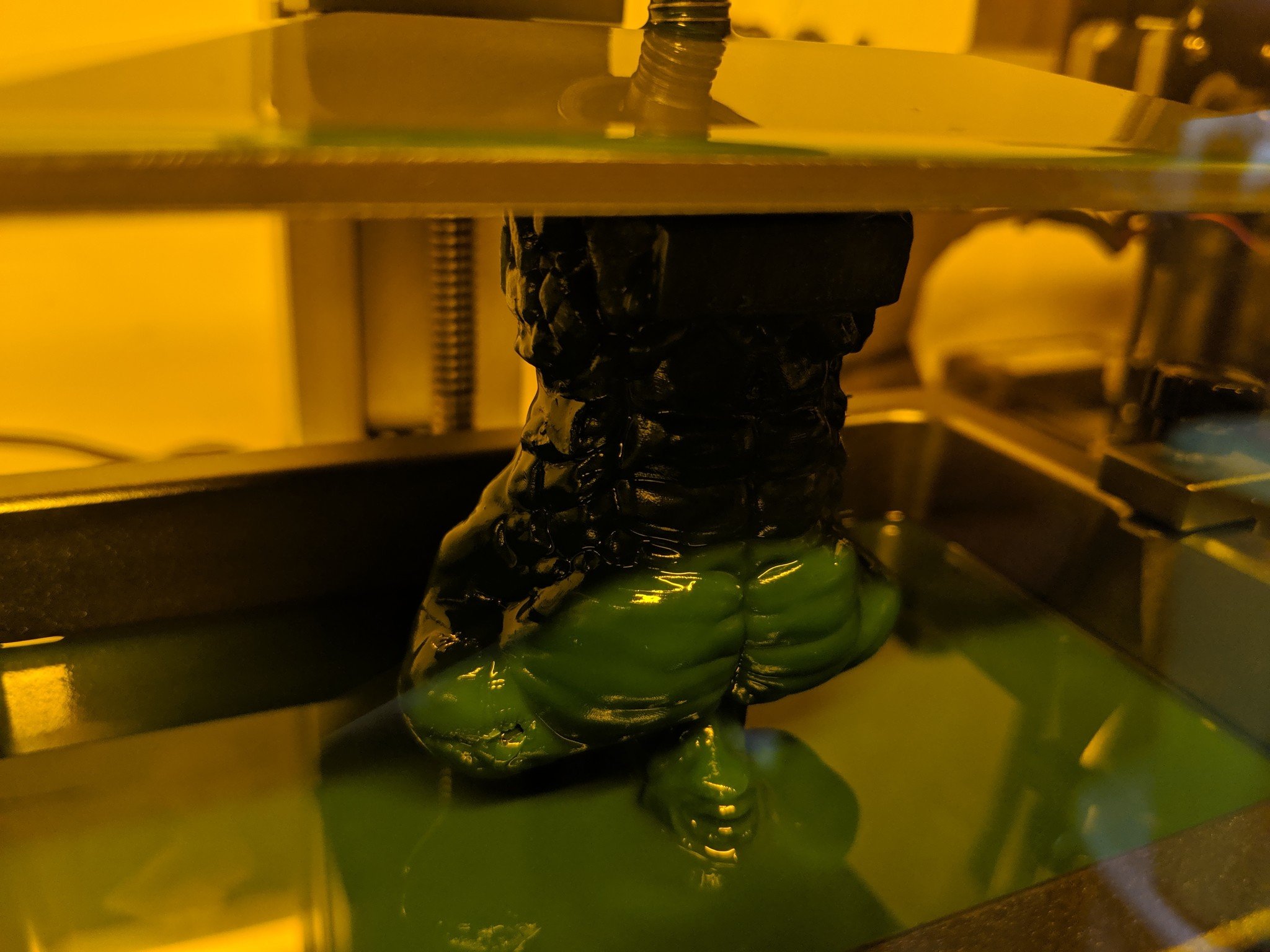
The Elegoo MARS isn't perfect. It's a cheap 3D printer made by a company that makes lots of different products and sometimes that shows. Despite the advertising wording, the print bed can be picky. It uses a ball socket to set the bed leveling, which is designed to level the bed easily every time, but every few prints it seems to shift.
Having a level print bed when printing any 3D prints is hugely important, and on resin even more so. Without a level print surface, you cannot get your model to print securely. It's even worse when you are using supports as they are incredibly delicate and the Chitubox supports are terrible anyway.
I have been working with Chitubox on three different printers now and honestly, its support system is so picky. It needs constant correction, not just between resins like most slicers, but between prints, as well. They never seem to be thick enough to support anything, and the auto-generation is quizzically awful.
I'm sure this is something Chitubox is working on, and I'm sure it will get better and better, but right now it is something to be aware of if you don't want to waste money on failed prints.
Should you buy the Elegoo MARS?
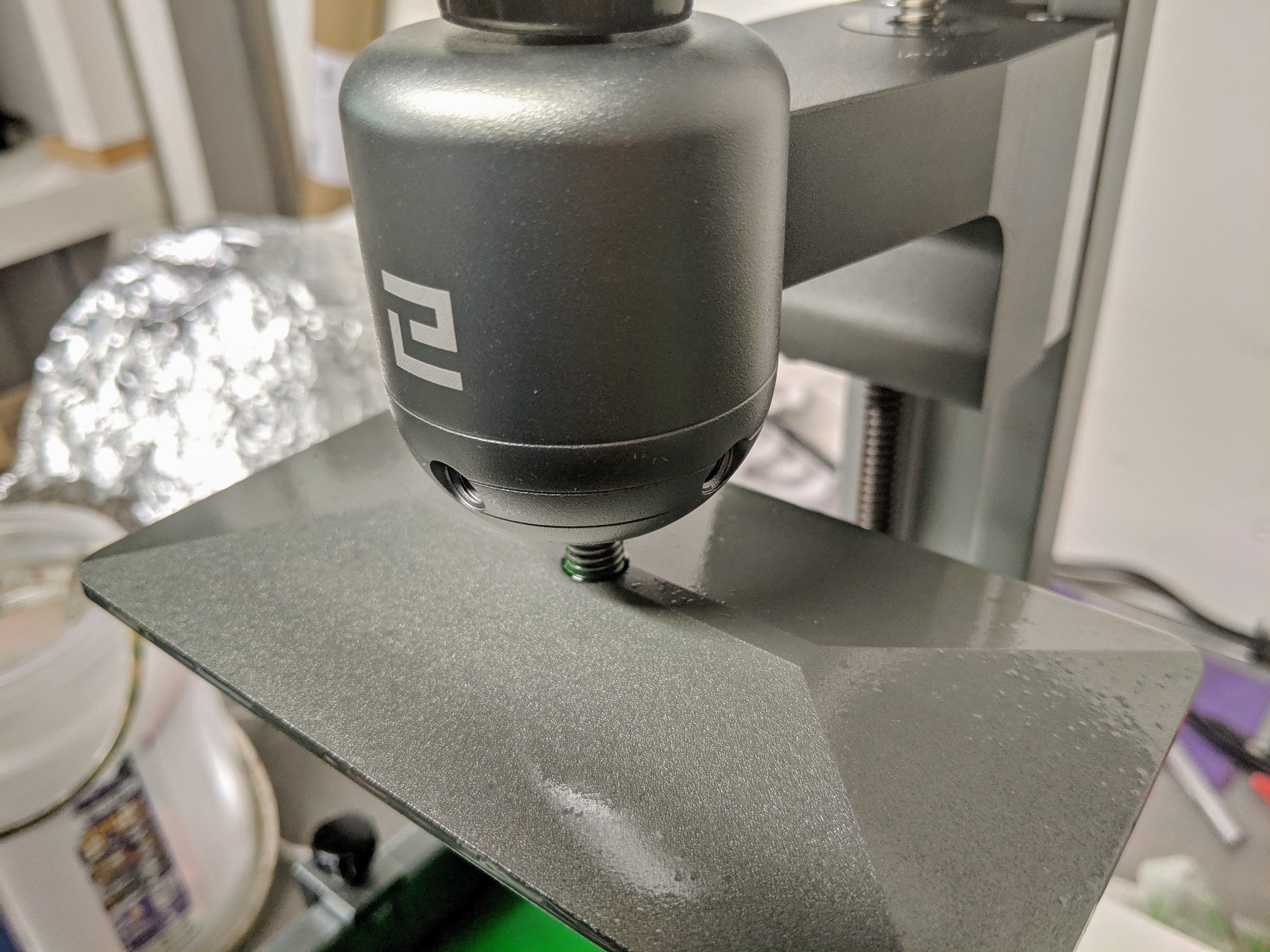
The Elegoo MARS is a steal. At $250, you can't beat the price, and if you have wanted to get into 3D printing, or if you are looking to flesh out your existing printing hobby it's almost a no-brainer to pick one of these up. I can see people spending $1500 to create small manufacturing plants in their garages.
I was surprised by the MARS and in the best way. I have tried other cheap 3D Printers, and they are maddeningly terrible, but the Elegoo is different. It's a $700 printer masquerading as a sub $200 printer, and that pretense is only beneficial to you, the buyer. Go pick one of these up and start printing tomorrow, heck, buy two.

James is a Former Contributor who built his first PC when he was 13 and has never looked back. He can be found on Windows Central, usually in the corner where all the 3D printers are, or huddled around the Xbox playing the latest games.
